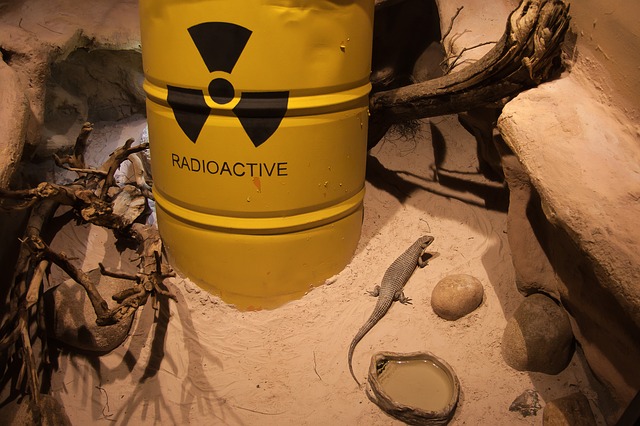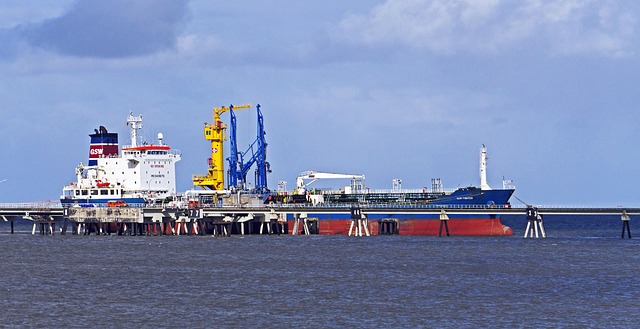What is meant by ‘Rainforests’?
Rainforests are the Earth’s oldest living ecosystems. They span over 70 million years of existing, particularly in the Amazon basin. They are basically forests with a high amount of rainfall year round. They are characterized by the continuous canopy of tall and mostly evergreen trees, dense vegetation that require a lot of moisture/water and damp environment. They are also resistant to wildfires naturally. Being as old as they are, rainforests are a key ecosystem and game changer in the fight against climate change.
Unfortunately rainforests are under threat mainly due to increasing population and the resulting need for more land for living and cultivation that leads to deforestation. More than half of rainforests have already been lost due to these factors, what once covered about 14% of land now is left covering only a meagre 6%.
Check out: Sustainable Forest Management – Methods and Importance
Importance and Function of Rainforests:
- Carbon Sequestration: Naturally act as lungs of the earth and so absorb carbon dioxide from the atmosphere curbing GHG emissions and aiding in the fight against climate change. However, now they themselves are under threat and have been greatly reduced.
- Increase Humidity: Increased evapotranspiration and plant activity can contribute to getting rid of dry air that ultimately reduces the chances of any wildfires greatly. However, once again due to deforestation and their numbers less than half of what used to be and climate change aggravated wildfires taking hold everywhere, the risks of wildfires have increased now.
- Increase Biodiversity: dense vegetation and tall canopies naturally act as a hotspot for all sorts of biodiversity ranging from micro to macro fauna and flora. It also shelters a lot of now endangered species of animals and wild plants that are now vulnerable as a result of rainforest area decline. They are a home to more than 50% of all known species on earth.
Also check out: Biodiversity Management Methods, Techniques And Importance - Water Cycle Regulation: The rainforests play a crucial role in regulating the cycle of water through lakes, streams, seas and oceans on Earth. They purify it, retain it in soil improving its quality through percolating and underwater storage, rejuvenated ground water tables as well.
- Prevents floods, droughts and soil erosion due to the above mentioned reasons. Yet, now due to its decline, not only do we have climate change to deal with but also deal with other extreme weather events aggravated by this.
- Sources of Food and Medicine: Rainforests serve humans in more ways than one: not only does it provide us with many edible foods, roots and vegetables but also is the hub for sourcing all herbs and roots needed for our medicines from which we may extract other micro-organisms.
Future of Rainforests & What it entails for Climate Change:
Long term unsustainable human activities like mining, logging, agriculture, ranching, oil and gas extraction have put an unsurmountable pressure on rainforests which is why they have declined tremendously. The demand for minerals like aluminum and oil, precious metals and other naturals resources that can be accessed only by removal of the forests on the land has resulted in major damage to the population of the rainforests.
Therefore, it is crucial than ever the direct our efforts to conserving and repopulating our rainforests as well. Not only can they help dampen the effects of climate change being a cornerstone for carbon storage/sink, bringing in rains and preventing droughts that are being suffered in many regions of the world as of right now. Moreover, it also prevents floods by acting as an absorbent of excess rain water due to increased soil infiltration rates, plant roots absorption and storage capacity of soil. This altogether prevents surface water run off and helps keep the lakes and rivers as well as underground water aquifers healthy and replenished with fresh nutrients.
Being one of the best defenses we have against climate change due to their GHG absorption ability, the only straightforward answer to their decline is to try to repopulate the Amazon basin with trees once again by reducing ranches, cultivation of soybeans and other crops that are water intensive or degrade the soil and overall land quality. This will be step forward in the right direction to solve a lot of our problems relating to and including climate change.
You may also be interested in: Temperate Deciduous / Mixed forests of Pakistan – Climatic Biome
I hope you all liked this post! Please comment below if you have any suggestions, comments, or feedback! We at #envpk love hearing from our readers! Thanks!




